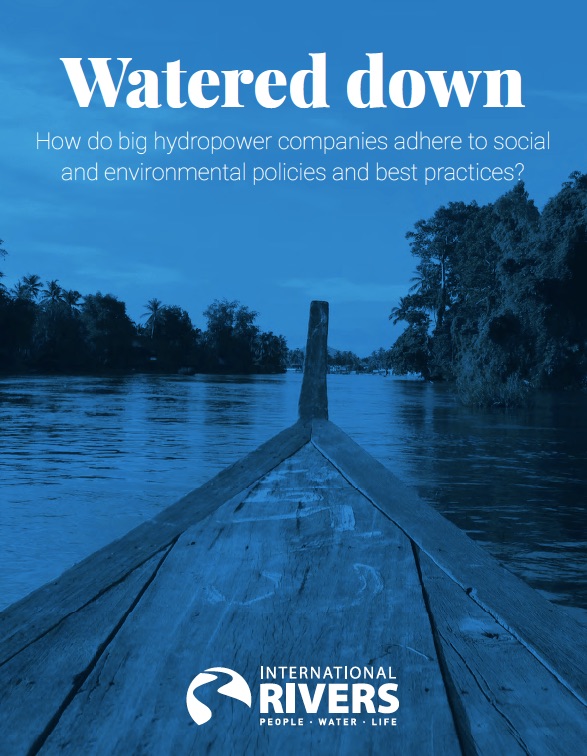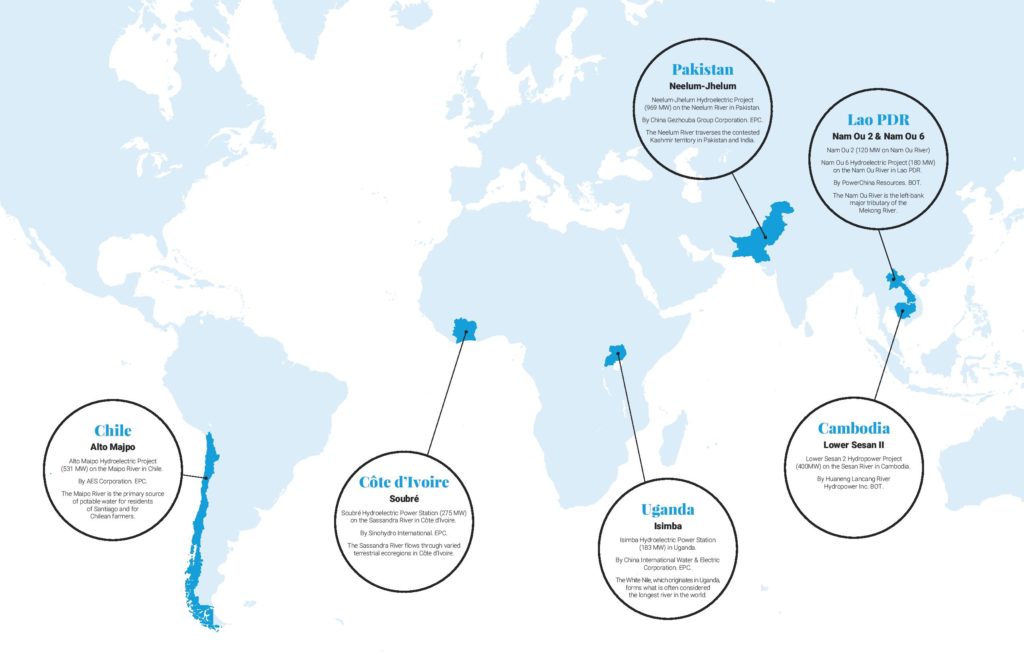Background

Healthy rivers are critical in sustaining communities and ecosystems. Yet our rivers around the world are under threat. As many as 3,700 new dams have either been proposed or are already under construction.
Despite the enormous diversity in size, scale and geography of new dams being built, a relatively small number of corporations are responsible for their construction. Thus the policies and practices of these companies have tremendous implications for rivers and human rights.
The Report
This report provides context for this situation and features seven in-depth case studies of dams at final stages of completion. The case studies are evidence-based and descriptive of on the ground impacts; they cover a wide geography and are considered to be flagship projects of some of the most influential companies in the hydropower sector. The intention of this report is to provide an incentive and justification for these corporations to compete on their environmental and social track records rather than simply on financial grounds.
The seven projects reviewed include:
- Soubré Hydroelectric Power Station (275 MW) on the Sassandra River in Côte d’Ivoire. By Sinohydro International. EPC.
- Isimba Hydroelectric Power Station (183 MW) in Uganda. By China International Water & Electric Corporation. EPC.
- Alto Maipo Hydroelectric Project (531 MW) on the Maipo River in Chile. By AES Corporation. EPC.
- Neelum-Jhelum Hydroelectric Project (969 MW) on the Neelum River in Pakistan. By China Gezhouba Group Corporation. EPC.
- Nam Ou 6 Hydroelectric Project (180 MW) on the Nam Ou River in Lao PDR. By PowerChina Resources. BOT.
- Nam Ou 2 Hydropower Project (120MW) on the Nam Ou River in Lao PDR. By PowerChina Resources. BOT.
- Lower Sesan 2 Hydropower Project (400MW) on the Sesan River in Cambodia. By Huaneng Lancang River Hydropower Inc. BOT.
Media contacts:
- Bonnie Barclay, Publicist, International Rivers (bbarclay@internationalrivers.org)
- Josh Klemm, Editor, International Rivers (jklemm@internationalrivers.org)
More information:
- Press Release | World’s largest hydro companies persist in failing the environment, community rights (2019)

